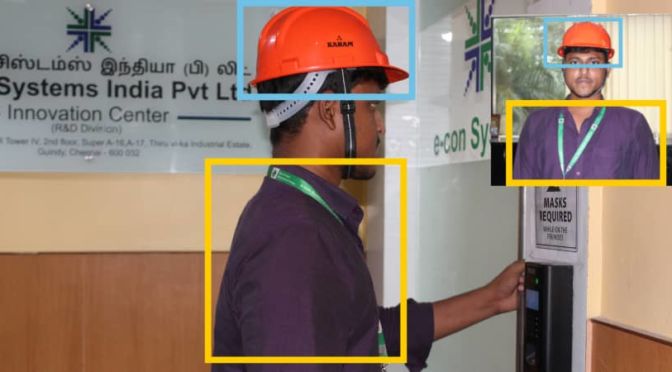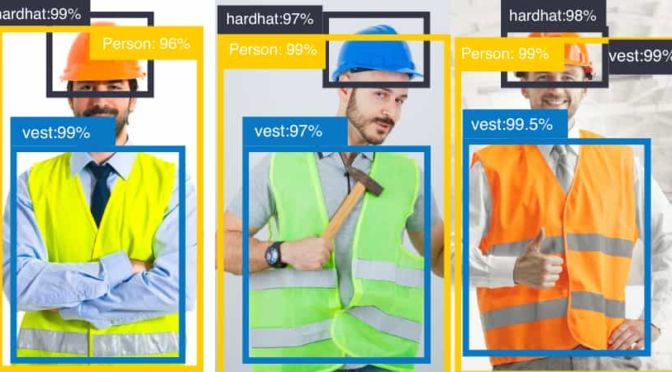Summary
- 21 per cent of customers who prefer to shop offline in the current scenario consider staff interaction as important to their experience.
- Staff reductions and timings significantly impact the quality of customer engagement.
- Staff optimization through automation for retail can help align work hours with peak shopping hours to ensure higher rate of engagement.
- Visitor to customer ratio can help analyse and optimize buying patterns to boost sales in the store.
Written for:
Retail owners, store managers, staff managers, managers of operations, planners, and anyone looking to optimize store operations through staff optimization and work-time alignments will benefit from this blog.
Introduction
The pandemic has left most commercial spaces in a serious fix. The opening up of businesses after the global hiatus presents a range of challenges that are not always easy to navigate. The situation has made it crucial to look at how enterprises, especially in retail, can deliver experiences without compromising adherence to prevailing constraints. Long dissociation with human contact due to repeated lockdowns and continuing restrictions surely make quality interaction paramount to this conversation. This would need brands to think on their toes, adapting quickly, incorporating innovative methods to ensure competitively superior customer engagement. A long-term commitment to sustaining the tenets of such practice would demand a hard look into its viability in terms of cost. In the light of the precarious economic environment in retail, it would be imperative to employ solutions that guarantee multiplied returns on investments. Staff optimization is one of the areas where businesses can put these investments to good use.
But what is staff optimization?
Staff optimization is the allocation of the availability of your staff to suit customer demand, such that there is more engagement. It also helps your customer get a better shopping experience, while your team can make sure that they are aligned to meet client expectations. This is made possible by a robust people detection software or system
The adaptation of artificial intelligence and machine learning advancements to retail environments can simplify this for any business. A software development kit powered by the Deepstream module, for instance, makes it possible to leverage video analytics for optimizing staff engagement. Through this, you can ensure that the staff to consumer ratio is maintained.

Staff to consumer ratio is calculated to know the number of customers handled by a staff member. For instance, consider thirty customers visit a store between 11 AM and 12 PM on a given day when six staff members were working. The staff to consumer ratio would be here would be 1:6. This would imply that every person working would be attending to six customers at the time. If you own a store, this information can ensure that the working hours of your staff can be aligned to when you have most customers coming into the store. Further, your team can then plan who handles which part of the store based on where an employee performs best, translating to more sales.
At this juncture, you might be wondering about how a system would be able to discern between your employees and customers, such that the data is accurate when you use it. This is where our capability makes it possible for you to make the most of the system. Deepstream’s default detector uses Nvidia’s PeopleNet model to detect the persons in a frame. However, we can train a secondary classifier with our expertise to tell the staff apart from a customer based on uniforms that your employees wear at work. Such an addition would affect the performance of neither the detector nor the classifier adversely. Further, the system is robust enough to run from four to eight streams simultaneously without any hindrance.
Visitor to Customer Ratio

The visitor to customer ratio measurement is another exciting application of people detection for optimized business operations in retail. The visitor to customer ratio points to the number of visitors to the store in relation to the number of customers who make a purchase. The calculation is made based on the number of people entering the store and the number of people leaving the store from the billing counter and the non-billing counter exits of the store. Business owners and managers can leverage such information to better understand customer sensibilities, effective product placement, and other revenue-boosting factors specific to their store.
Conclusion
A recent survey conducted by PwC shows that 21 per cent of customers who prefer in-store shopping consider the availability of knowledgeable and responsive sales associates as one of the top three factors impacting their customer experience. Thirty-eight per cent of customers also ranked the ability to quickly navigate and access the products they’re interested in as a critical factor. These numbers offer substantial proof that staff optimization translates into customer experiences that can drive brand loyalty and revenue.
The much-debated question of automation for optimizing retail has found many winning answers in the last half-decade. The well-articulated hesitancy regarding the impact of technology in an industry elevated by the access to human touch is slowly thawing. This has been made possible by the coming together of workforces that ensure harmonious cooperation of automation and the human stakeholders.
VisAI Labs understands the exponential impact that Edge-optimized algorithms can have in the retail industry. To know more about how you can leverage automation for various use cases in your stores, get in touch with us at sales@visailabs.com.


